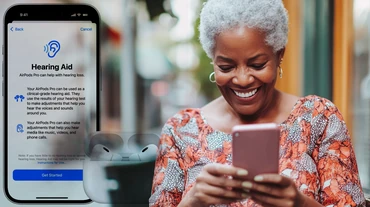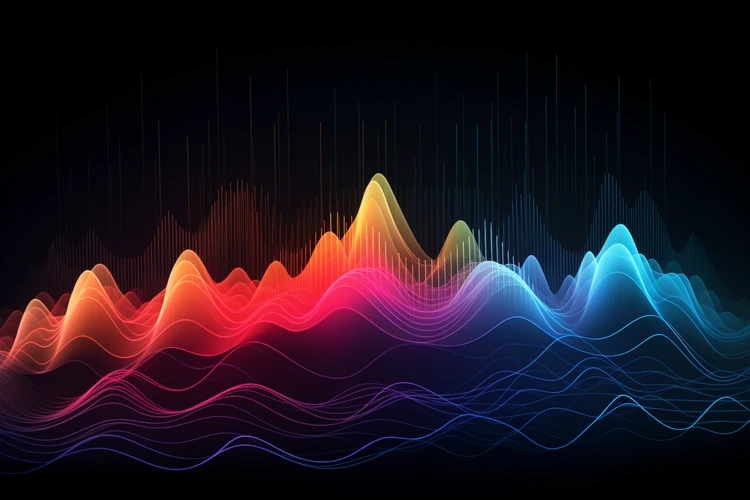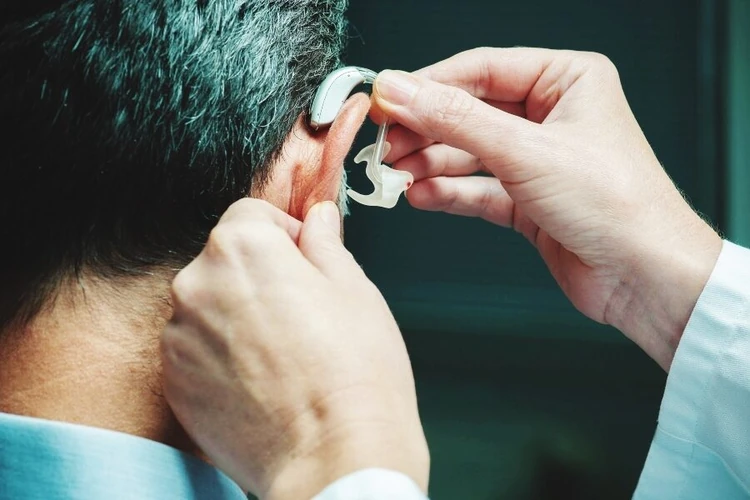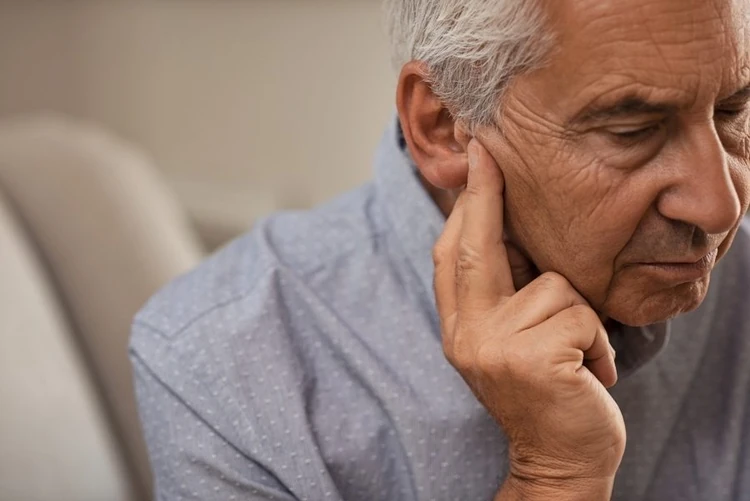For many people, the risks of playing too many video games may be too much screen time or too much time sitting down. However, have you ever considered what playing a lot of video games does to your hearing?
A new study looked at that exact question. The results: regular video game players put themselves at a higher risk of lifelong hearing loss and tinnitus, or a ringing in the ears.
How you play matters
To better understand the risks associated with playing a lot of video games, researchers analyzed data from 14 peer-reviewed studies that included data on nearly 54,000 people from around the world. While all of the studies explored different aspects of video games and hearing, all were looking at the effect of gaming on hearing loss.
On average, participants played video games for around three hours per week. However, the researchers observed that hearing was affected differently depending on how the participants opted to play.
Those who played on their phones didn’t experience as loud sounds as those who played on gaming centers. Additionally, the longer that participants played, the more they were exposed to loud noises, and the more likely they were to damage their hearing long-term.
Long-term hearing risks
In looking at all of the studies involved, the average sound exposure either exceeded or nearly exceeded the sound exposure limits set by the World Health Organization (WHO). According to WHO, the recommended safe level for leisure noise is 80 decibels for a maximum duration of 40 hours per week. Any sounds over 85 decibels are likely to damage your hearing much faster.
One study involved in this analysis evaluated the sound levels of five different games when playing with headphones on, all of which exceed the 85 decibel mark. One shooting game exceeded 91 decibels, while others were in the mid- to high-80s.
Several of the studies involved in the analysis also had participants self-report on hearing loss or tinnitus. Those who played more video games were more likely to score themselves as having poorer vision or tinnitus.
“Although the data provided in this review are limited, they suggest that some gamers, particularly those who play frequently, and at or above the average sound levels described by papers included in this review, probably exceed permissible sound exposure limits, and are thus engaging in unsafe listening practices, which could put them at risk for developing permanent hearing loss and/or tinnitus,” the researchers wrote.
“The findings suggest that there may be a need to prioritize interventions, such as initiatives focused on education and awareness of the potential risks of gaming, that can help promote safe listening among gamers.”












